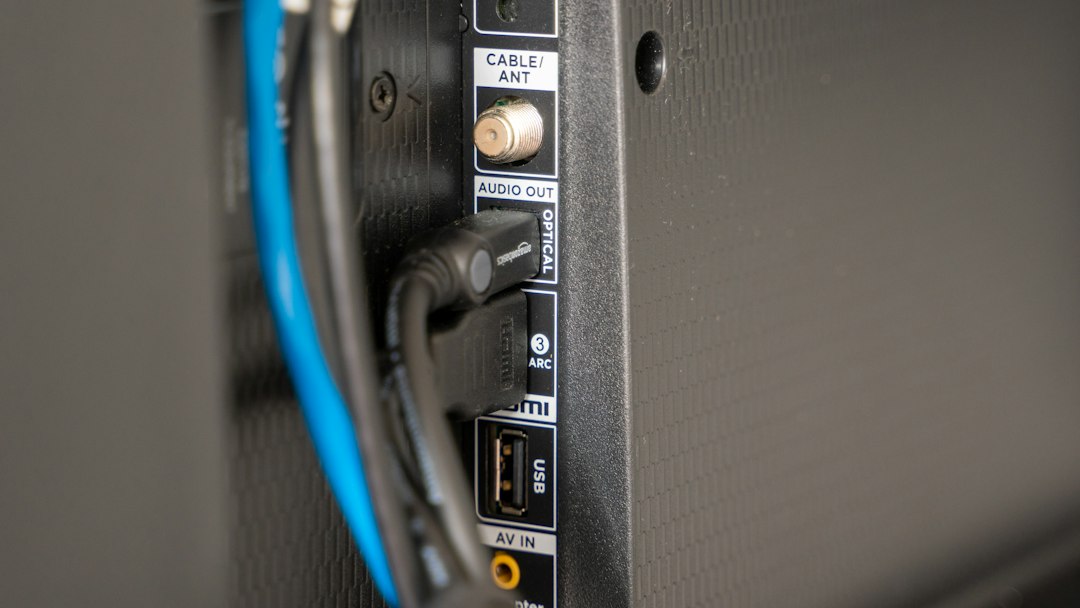Understanding Different HDMI Versions and Their Compatibility with HDMI Switches
February 09 2024 – Tendak

Are you tired of constantly unplugging and plugging cables to switch between different HDMI devices? If so, then an HDMI switch is your perfect solution. HDMI switches allow you to connect multiple devices to a single display, eliminating the need for frequent cable swapping. However, it's important to understand the different HDMI versions and their compatibility with HDMI switches before making a purchase. In this article, we will guide you through the world of HDMI versions and help you choose the right HDMI switch for your needs.
What is HDMI?
HDMI stands for High-Definition Multimedia Interface and is the industry-standard for transmitting high-quality audio and video signals between devices. It has become the go-to method for connecting devices such as TVs, projectors, gaming consoles, and media players. HDMI provides a seamless and convenient way to transfer both audio and video from one device to another with a single cable.
Understanding HDMI Versions
Over the years, HDMI technology has evolved, and various versions have been released. Each new version offers improved features, compatibility, and performance. The HDMI versions are denoted by numbers such as 1.0, 2.0, 2.1, and so on. Let's take a closer look at the most common HDMI versions:
HDMI 1.4
HDMI 1.4 is an older version that supports a maximum resolution of 1920x1080, commonly known as Full HD. It can handle 3D video, Ethernet data, and audio return channel (ARC) functionality. HDMI 1.4 is compatible with most HDMI switches but lacks support for higher resolutions like 4K.
HDMI 2.0
HDMI 2.0 is a significant improvement over HDMI 1.4. It supports higher resolutions up to 4K (3840x2160) at 60Hz, making it ideal for Ultra HD content. HDMI 2.0 also introduces enhanced color spaces, increased bandwidth, and support for up to 32 audio channels. If you own a 4K TV or plan to upgrade to one in the near future, an HDMI 2.0 switch is essential to fully enjoy the 4K experience.
HDMI 2.1
As the latest HDMI version, HDMI 2.1 offers even greater advancements in terms of video and audio quality. It supports resolutions up to 10K, higher frame rates, variable refresh rate (VRR), quick frame transport (QFT), and more. HDMI 2.1 is backward compatible with previous HDMI versions, ensuring compatibility with HDMI switches designed for older versions.
Choosing the Right HDMI Switch
Now that you have a better understanding of HDMI versions, let's explore how to choose the right HDMI switch for your setup:
1. Compatibility
The most crucial factor to consider when choosing an HDMI switch is compatibility. Ensure that the HDMI switch you purchase supports the HDMI versions of your devices. For example, if you have a 4K TV and want to enjoy 4K content, make sure the HDMI switch is compatible with HDMI 2.0 or above.
2. Number of Ports
Consider the number of HDMI devices you want to connect to the switch. HDMI switches come in a variety of port configurations, ranging from 2 to 8 ports or more. Ensure that the switch has enough ports to accommodate all your devices.
3. Remote Control
Some HDMI switches come with remote controls, allowing you to switch between devices at the touch of a button. This feature provides added convenience, especially if your setup includes devices located far away from the display.
4. Advanced Features
If you are a technology enthusiast or professional user, you may want to consider HDMI switches with advanced features. These features might include auto-switching, picture-in-picture (PiP) mode, or audio extraction capabilities. Assess your specific needs to determine if these features are necessary for your setup.
5. Build Quality
Check the build quality and durability of the HDMI switch. Look for switches made from high-quality materials to ensure long-lasting performance. Additionally, read customer reviews and ratings to gain insight into the reliability of different HDMI switch brands.
Conclusion: Simplify Your Home Entertainment Setup with an HDMI Switch
With the increasing number of HDMI devices in our homes, having a reliable HDMI switch is essential. Understanding the different HDMI versions and their compatibility with HDMI switches is crucial to ensure seamless connectivity and high-quality performance. Whether you are a casual home user or a professional with complex entertainment setups, there is an HDMI switch that suits your needs. Consider the HDMI version compatibility, number of ports, and additional features to make an informed decision. Upgrade your home entertainment setup and bid farewell to cable chaos with an HDMI switch.
Step into the world of another store owner by visiting their captivating Shopify store. Click here to begin your journey. Kindly note that this is a promotional link, and we do not take responsibility for the content of the linked store.